Orange Kush Cake
Cannabinoid THC Dominant
THC 18.5 - 20.83%
CBD 0.46 - 0.69%
Effect Giggly
Side Effect Low blood pressure
Flavor Orange
Orange Kush Cake Strain
THC
CBD
Potency
Orange Kush Cake is an incredibly tasty hybrid, containing 40% Sativa and 60% Indica. Thanks to this, calm relaxation does not become lazy and, despite the THC level of 18.5-20.83%, achieves clarity of mind and the ability to think clearly. For this reason, a hybrid may be equally suitable for users with different experiences. CBD level is near 0.46 - 0.69%.
The main prevailing terpenes are:
- Caryophyllene
- Valencene
- Bisabolol
- Limonene
- Pinene
- Humulene
- Linalool
- Myrcene
Aroma and Flavors
The Orange Kush Cake looks like a fairy tale plant - it has the rich purple color of the buds. The smell and taste of it, however, are no less impressive. The aroma of citruses and tropical fruits is wonderfully intertwined with mint tea, coniferous forest, and nutty aromas.
Orange Kush Cake Effects
After smoking this cannabis strain, a person feels relaxed and aroused at the same time. Tokers become talkative, giggling, and attuned to creativity. The smoker also has an increased appetite. The Orange Kush Cake strain is mild, but overdosing can cause palpitations, paranoia, and trouble sleeping.
Medical Use
The combination of terpenes and the cannabis effects makes it indispensable when it comes to the treatment of the following ailments:
- Fatigue
- Bipolar disorder
- Parkinson syndrome
- Stress
- ADHD
- Anxiety
- Depression
- Pain
- Glaucoma
Information for Growers
The Orange Kush Cake tends to grow well, being said by cultivators to be quite resistant to weather irritants or overfeeding. Outdoor, it can grow till 60-80 inches; however, indoors, the kush reaches only 30-60 Inches. In 65 days, the grower can gather the harvest. The yield indoors is 1 - 2 Oz/Ft² (~ 400 g/m²), while outdoors is about 15 - 20 Oz/plant (~ 550 g/plant).
Side Effects
Simply let us know how this strain tastes or write a detailed review.
Orange Kush Cake Strain Cannabinoids
| THC | Tetrahydrocannabinol, or THC, is a major cannabis chemical compound. It is a psychoactive element that stimulates dopamine release and induces euphoria or happiness. THC-rich strains may be helpful with such conditions as lack of appetite, chronic pains , etc. It is considered to be the primary active marijuana component. | 18.5 - 20.83% |
| CBD | Cannabidiol, or CBD, is a major compound in cannabis, which is non-psychoactive. It is also proved to counteract the side effects of the second major component THC. CBD is widely used for medicinal purposes in rubs, oils and so on. It is helpful in muscle pain cases, may treat arthritis and migraines. Even Greeks used it against pain, while Queen Victoria applied it to get rid of menstrual cramps. | 0.46 - 0.69% |
| CBC | Cannabichromene, or CBC, is a minor cannabinoid, meaning that its quantity in cannabis is quite little. Though it has the same origin as CBD and THC, it is different in functions. Without any psychoactive effects, it is an efficient cannabis compound in combating acne and depression. CBC produces analgesic, antibacterial and anti-inflammatory effects. | 0.21 - 0.49% |
| CBG | Cannabigerol, or CBG, is one of the minor cannabis compounds in adult plants. On the other hand, young ones contain a lot of this antibacterial and anti-inflammatory component. During the growth, CBG is converted into different cannabinoids, mostly THC and CBD. The compound itself increases appetite and decreases eye pressure. | 0.12 - 0.54% |
| CBN | Cannabinol, or CBN, is a trace element in cannabis that is considered to be mildly psychoactive. It appears from oxidation THC, exposed to light and heat. CBN is mostly contained in old cannabis and in traditional hashish. It is effective against insomnia, bacterial infections and appetite loss. | 0.48 - 0.31% |
| THCV | Tetrahydrocannabivarin, or THC-V, is a compound contained in cannabis in trace amounts. Even though it is close to THC molecularly, it is different in effects. This compound may be psychoactive only in large amounts. THC-V reduces blood sugar, controls appetite, stimulates bone growth, etc. African Sativa strains are the richest in THC-V. | 0.25 - 0.33% |
Orange Kush Cake Terpene Profile
| Pinene | Pinene is one of the most widespread terpenes in nature, found in pine trees, basil, nutmeg, parsley, and rosemary. Cannabis containing terpene (alpha-pinene or α-pinene) boasts a strong pine scent. Pinene is responsible for anti-inflammatory, pain-relieving, and anti-anxiety effects. | 0.11% |
| Myrcene | Myrcene (also known as β-myrcene) is one of the most common terpenes found in cannabis, representing more than 20% of the modern marijuana terpene profile. Myrcene has a distinct earthy, musky flavor, resembling cloves. It is responsible for calming and soothing effects of weed. Myrcene is also found in hops, thyme, mango, lemongrass, guava melon. | 0.05% |
| Humulene | Humulene (also known as α-humulene) is one of the major terpenes found in cannabis, contributing to woody, earthy, spicy, herbaceous, and, mainly, floral aromas of cannabis. Used in modern medicine, humulene offers anti-inflammatory, antibacterial, and appetite suppressant effects, which have been well-researched by pharmaceutical companies. | 0.08% |
| Limonene | Limonene (also known as d-limonene) is the second most common terpene in nature and the third most common terpene in cannabis. It has a powerful citrus aroma and can be found in all citruses, including lemons, oranges, grapefruits, limes, juniper, etc. Limonene is known to elevate moods and provide anxiety, depression, and stress relief. | 0.14% |
| Linalool | Linalool (also known as beta linalool, linalyl alcohol, linaloyl oxide, and p-linalool) is one of the rarest terpenes found in cannabis, mostly in small quantities. Linalool is known for its spicy and lavender aroma, bringing relaxation and calming effects. It is also said to provide anti-inflammatory and analgesic properties that can be useful for athletes. | 0.08% |
| Bisabolol | Bisabolol (also known as α-Bisabolol or levomenol) is a lesser-known terpene found in cannabis. It contributes to anti-inflammatory, anti-irritant, antioxidant, anti-microbial, and analgesic properties of weed strains containing bisanol. Attentive smokers would be able to catch a nutty, fruity scent with herbal and floral undertones, with a tender trace of coconut. | 0.15% |
| Valencene | Valencene is a terpene that got its name from Valencia oranges - a fruit where It's initially found. Valencene offers citrusy, sweet aromas, with flavors having notes of oranges, grapefruits, tangerines, and, occasionally, fresh herbs or freshly cut wood. Citrus aromas, frequently found in a wide variety of cannabis strains, are contributed to by valencene, which is known for anti-inflammatory and insect repelling properties. | 0.19% |
| Caryophyllene | Caryophyllene (also known as beta or b caryophyllene) is a terpene found in many herbs and spices, such as black pepper, basil, rosemary, and oregano. Cannabis high in caryophyllene delivers a strong spicy, peppery aroma, resembling cinnamon and cloves. Caryophyllene offers potent anti-inflammatory and sedative effects. | 0.2% |
| Total terpenes content | 1.00% |
Growing Info
Similar Strains
THC 17 - 20.5%
CBD 0.22 - 0.74%
Effect Euphoric
Flavor Spicyherbal
THC 24 - 24%
CBD 0.16 - 0.57%
Effect Giggly
Flavor Mint
THC 9 - 13.5%
CBD 0.22 - 0.89%
Effect Euphoric
Flavor Pear
THC 16 - 17%
CBD 1 - 1.26%
Effect Tingly
Flavor Pungent
THC 18.33 - 20.5%
CBD 0.64 - 0.76%
Effect Relaxed
Flavor Diesel

THC 18 - 19.5%
CBD 0.28 - 0.67%
Effect Relaxed
Flavor Sweet
THC 12.5 - 17%
CBD 0.8 - 0.97%
Effect Aroused
Flavor Tar
THC 18 - 22%
CBD 0.13 - 0.26%
Effect Giggly
Flavor Pungent

THC 19 - 22.17%
CBD 0.35 - 2.66%
Effect Happy
Flavor Earthy
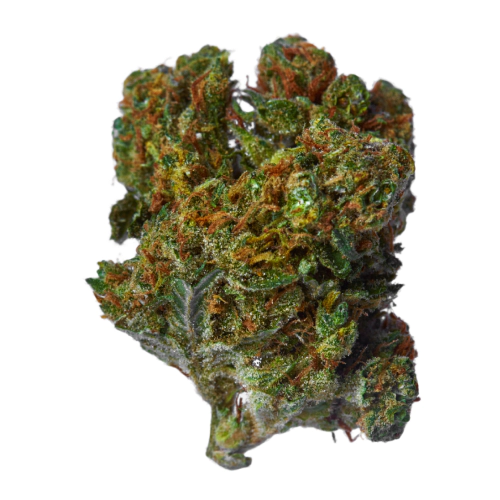
THC 18.5 - 21%
CBD 0.48 - 0.8%
Effect Giggly
Flavor Coffee
THC 15 - 21%
CBD 0.39 - 0.82%
Effect Hungry
Flavor Lime
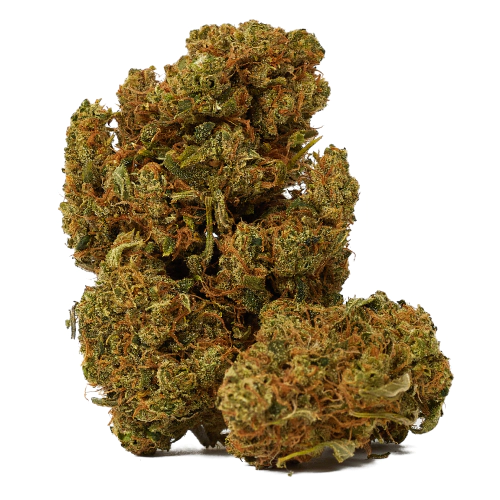
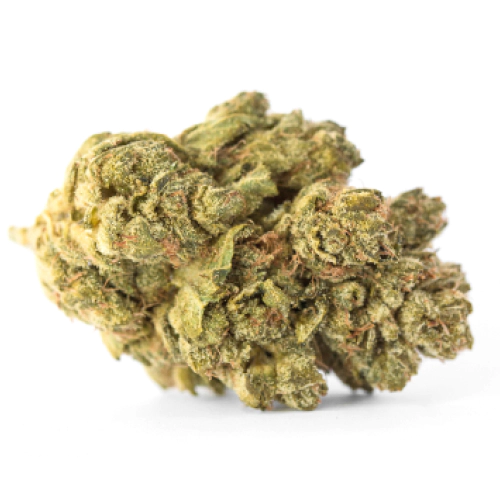

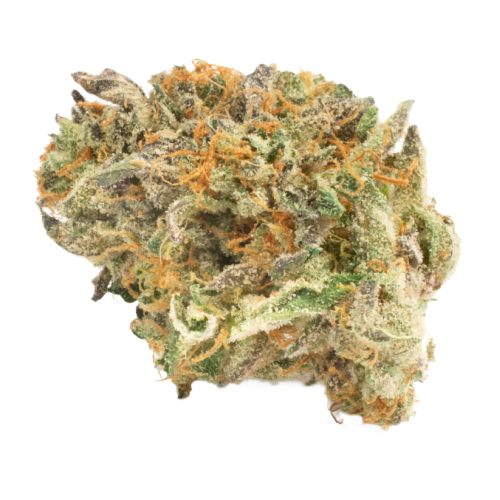

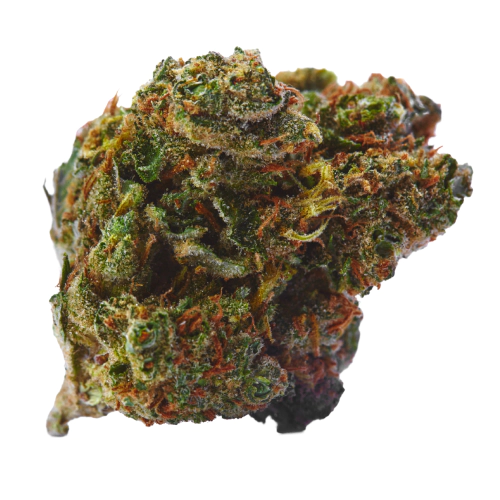
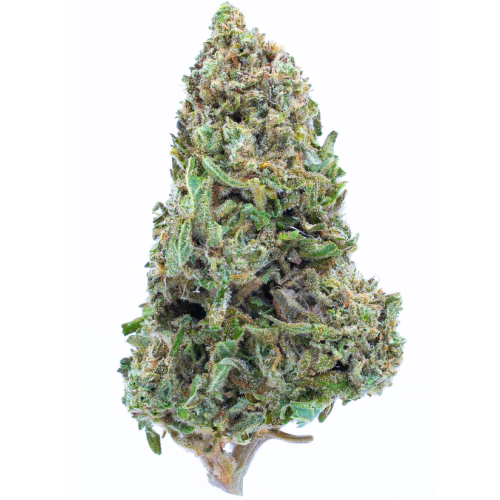

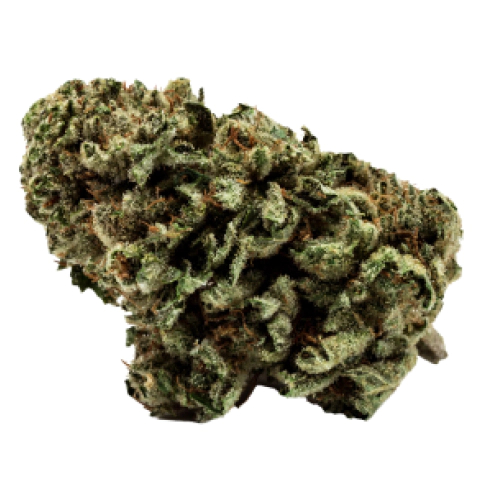
Be the first and share your opinion
Write a Review